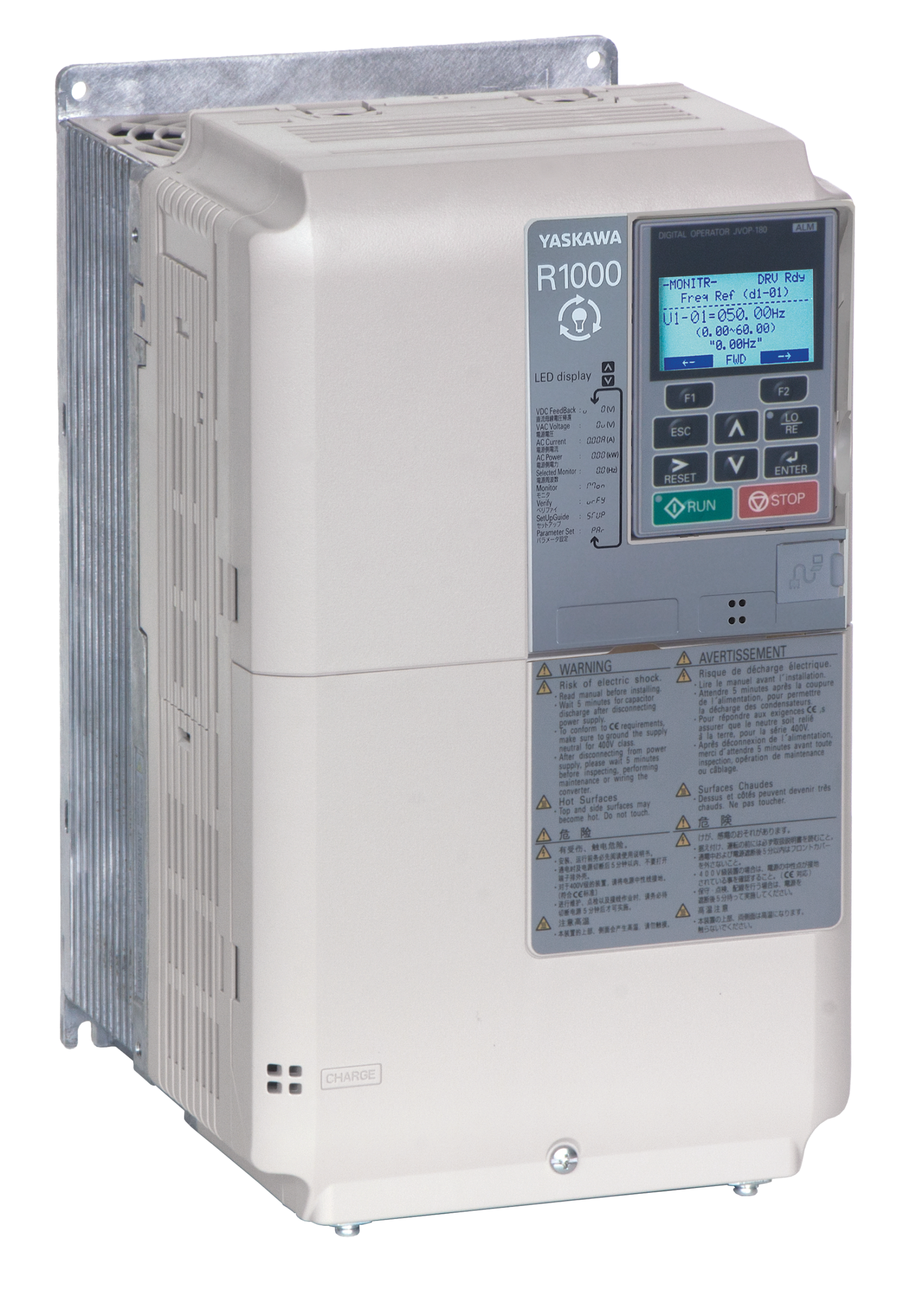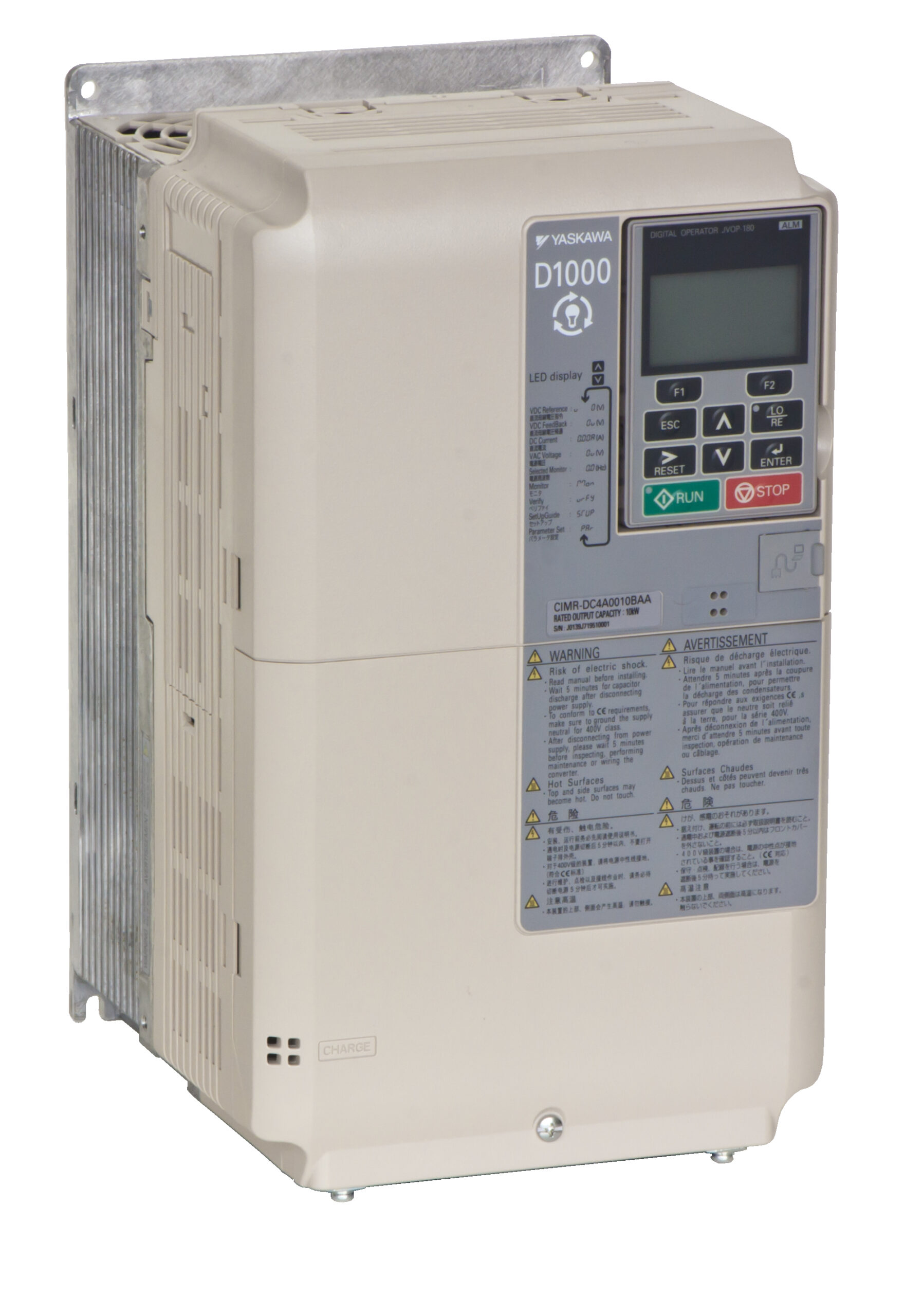At OnDrive Inc., we supply regenerative braking solutions designed to improve energy efficiency in motor-driven systems. In industrial and elevator applications, regenerative braking captures kinetic energy during deceleration and feeds it back into the power grid or used to power other loads. This reduces overall power consumption and extends equipment life by lowering thermal load on braking components.
Our regenerative braking systems work seamlessly with drives and VFDs across multiple industries, delivering cost-effective energy savings without performance compromise.


What Makes a Regenerative Braking System Valuable?
A regenerative braking system is used to recover energy that would otherwise be lost as heat during motor slowing or stopping. Instead of dissipating excess energy through resistors, it routes it back to the main supply line. This lowers operating costs and reduces the size of external cooling components.

Common uses for a regenerative braking system include:
- Elevator/ escalators and hoist systems
- Conveyors and cranes
- Renewable energy
- Industrial machinery
Each regenerative braking system is optimized to match motor capacity, system voltage, and application dynamics.

Benefits of our regenerative units:
You’ll find our proximity switches in industries such as:
- Lower power bills through energy reuse
- Reduced wear on mechanical brakes
- Improved thermal performance
- Small footprint and minimal configuration
.
-

U1000 Matrix
The U1000 is a compact, all-in-one solution designed for low harmonics and full regeneration, making it an ideal choice for maximizing power quality and energy efficiency. It also offers exceptional flexibility and motor control performance to support a broad range of application needs.
-

R1000 Regen Braking Unit
Looking for a smarter, more efficient alternative to dynamic braking? The R1000 Regenerative Braking Unit is the solution.
Instead of wasting braking energy as heat like traditional dynamic braking, the R1000 returns that energy to your power source for use by other equipment. It only transfers power during regeneration—not motoring—making it a highly cost-effective choice. In many cases, the return on investment is under one year. You’ll save energy, reduce costs, and eliminate the need for bulky braking resistors.
-

D1000 Regenerative
ConverterNeed a clean, fully regenerative power solution for your single or multi-drive system? The D1000 is the ideal choice.
Unlike passive rectifiers that only transfer power one way, the D1000 supports bidirectional power flow—making it perfect for common bus systems with high regeneration. It also features built-in input harmonic filtering to minimize distortion and improve power factor, helping cut energy costs and reduce strain on your power infrastructure. Best of all, this clean power performance is delivered without the need for costly multi-pulse components.




